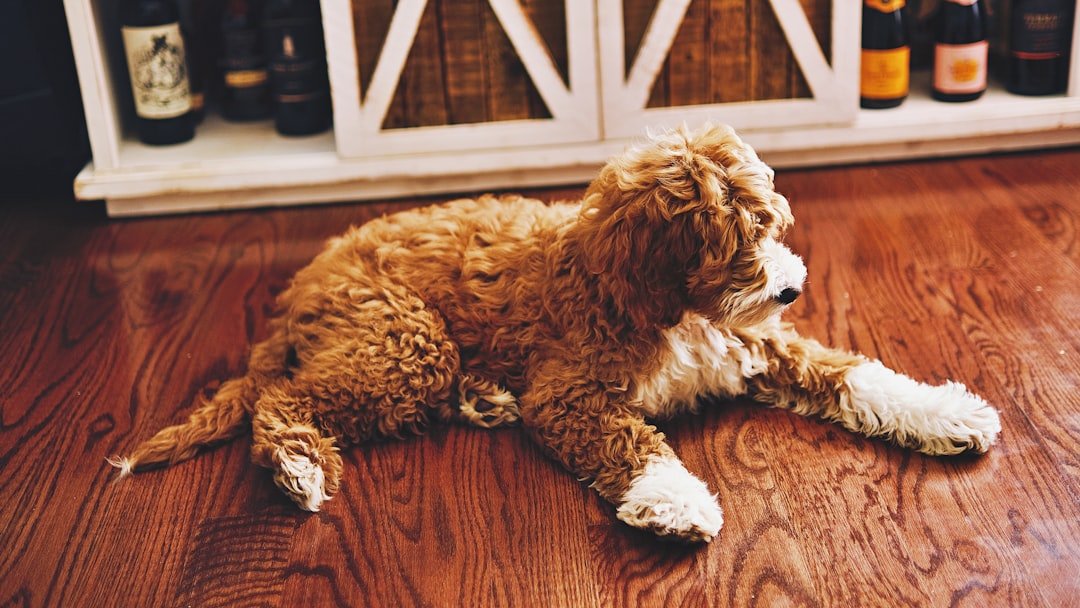You know that look – those soulful eyes following your every move, the gentle whimpering when you dare to use the bathroom alone, and the dramatic sigh when you answer a phone call. If you’ve ever wondered why your four-legged shadow won’t give you a moment’s peace, you’re not alone. Some dogs just aren’t built for solitude, and their need for constant companionship runs deeper than simple affection.
These aren’t just needy pets acting out – they’re breeds with genetic programming that screams “don’t leave me!” Understanding which breeds struggle most with being ignored isn’t about judging their clingy behavior, but about recognizing their emotional needs and helping them feel secure.
Labrador Retriever: The People-Pleasing Shadow

Labradors are considered to be one of the best dog breeds for families. They are bred for their sunny, relaxed disposition, but they need a lot of affection and attention in order to maintain that cheerfulness. These golden-hearted companions don’t just want your attention – they absolutely require it to function properly. When Labs feel ignored, they often resort to destructive behaviors like chewing furniture or excessive barking.
If your four-legged pack includes a Lab, you know firsthand how social this breed is! Labs simply love being around people, and, as a result, struggle when left alone for long periods of time. Picture this: you’re trying to work from home while your Lab sits directly on your feet, periodically pawing at your keyboard to remind you they exist. Sound familiar? That’s just Tuesday for most Lab owners.
Border Collie: The Genius with Separation Issues
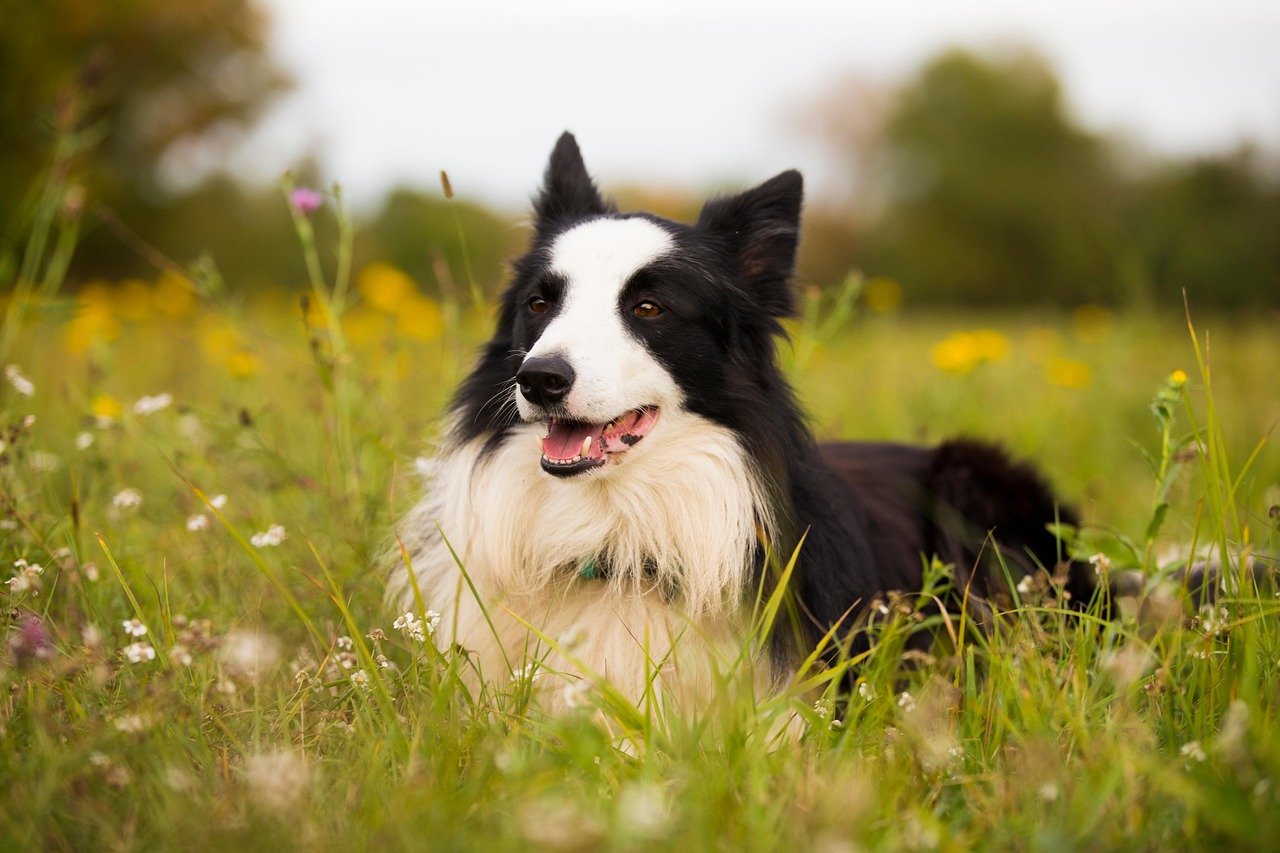
Border Collies are extremely intelligent. In fact, they rank top for smarts when it comes to dogs. Because of this, they can become bored if they don’t have much mental stimulation, such as when you’re away. Their brilliant minds are both a blessing and a curse when it comes to being left alone.
The Border Collie consistently ranks as the most intelligent dog, but this means they are more likely than other breeds to become bored when they have no stimulation. So leaving them alone can lead to separation anxiety and destructive behavior as they look for ways to amuse themselves. These dogs will literally redesign your living room if left to their own devices for too long. Their intelligence makes them wonderful companions, but it also means they notice every single thing you do and expect to be included in absolutely everything.
Cavalier King Charles Spaniel: The Velcro Lapdog
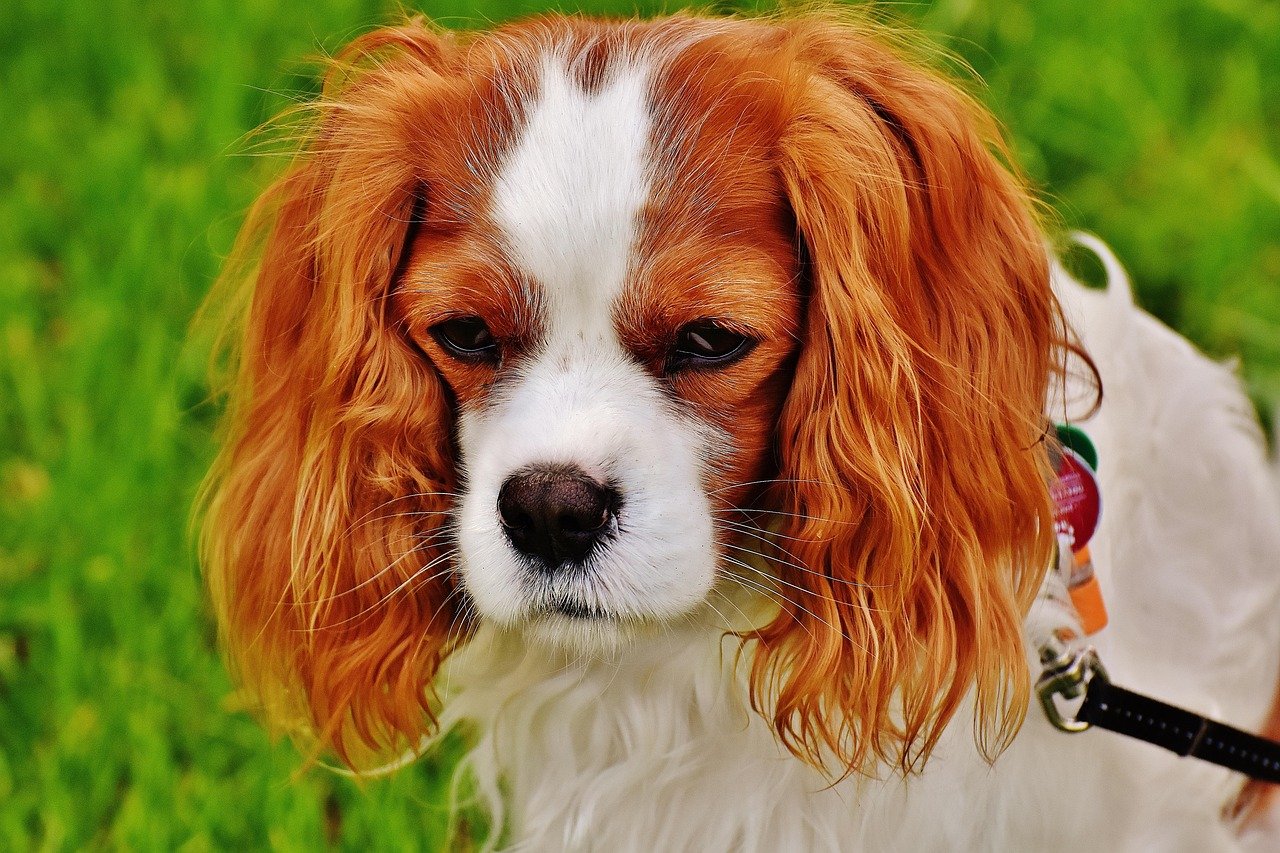
These dogs are companion dogs and have been bred to enjoy spending lots of time with their human parents. When you leave them alone for longer periods they may suffer anxiety. This breed also tends to be slightly more anxious in general and can develop barking and other problematic habits.
Bred to be a companion dog and spend most of its time with humans means that Cavvies typically don’t react well to being left alone for long periods. The Cavalier King Charles is also one of the more naturally anxious breeds, so can be prone to barking and other nervous habits. These sweet-faced royals were literally bred to sit on laps and be adored. Asking them to entertain themselves is like asking a fish to climb a tree – technically possible, but definitely not their strong suit.
German Shepherd: The Protective Worrier
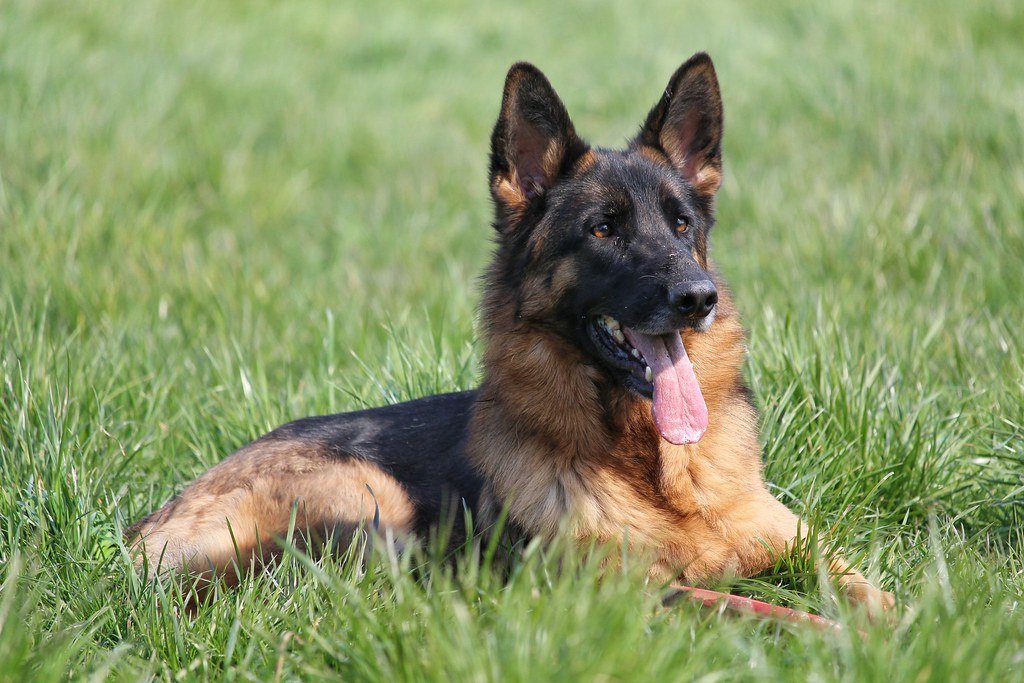
These dogs are working dogs and do best when an environment is physically and mentally stimulating. Left alone and bored, they can be distressed. Like the retriever, this breed has also experienced some health problems in recent years, meaning their temperament makes them more prone to separation anxiety.
German Shepherds are loyal, intelligent, and protective dogs that often form strong bonds with their owners. While they are known for their versatility as working dogs, their attachment to their family can make them prone to separation anxiety when left alone. German Shepherds are used to having a purpose and being involved in their owner’s daily life, so extended periods of isolation can lead to anxiety and destructive behaviors These devoted guardians don’t just love you – they’ve made protecting you their full-time job, and they can’t do that if you’re not around.
Vizsla: The Hungarian Velcro Dog
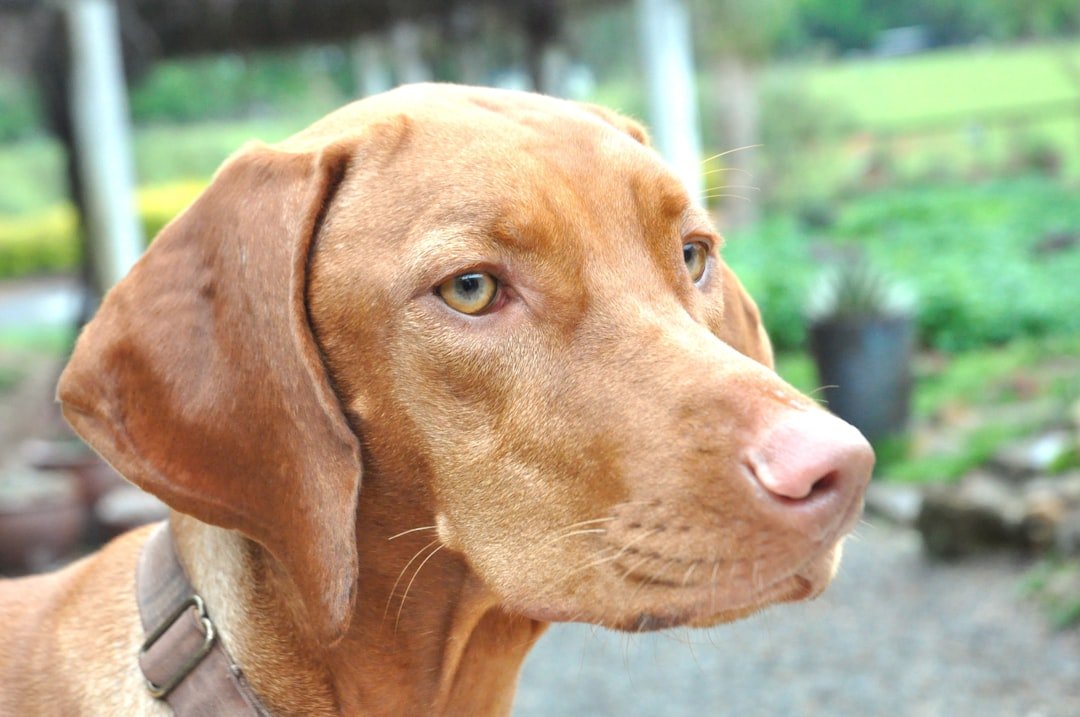
Perhaps a lesser known breed than others on this list, the Vizsla is another hunting dog breed from Hungary that many owners feel passionately about. Vizslas tend to be a high anxiety dog breed because they hate being away from their owners and appreciate a busy, full house. They are known as very affectionate and even great with children, so this breed is really perfect for an active family or a super active person with plenty of time to share with their pet.
Nicknamed the “velcro dog” because of their propensity to stick close to their owner, these beautiful hunting dogs were born and bred to hunt alongside people. Vizslas love to work and love to be with humans. Left alone, with nothing to do, often leads to anxiety. If you’ve ever seen a Vizsla in action, you know they take “personal space” as a foreign concept. They’re the breed most likely to follow you into the bathroom and then look confused about why you need privacy.
Jack Russell Terrier: The Energetic Attention Seeker
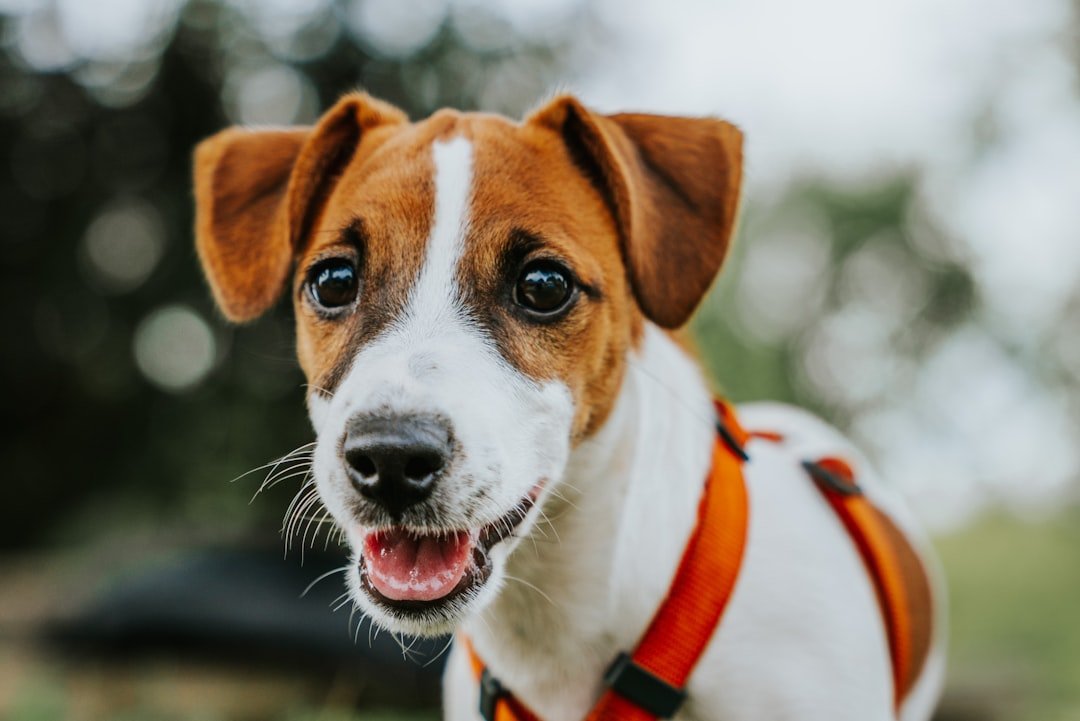
These bundles of energy quickly become bored and need lots of entertainment as well as lots of physical activity. They can quickly go awry if there isn’t a human around to help them out and to keep them engaged. They can also do a surprising amount of damage for a small dog.
Don’t let their small size fool you – Jack Russells pack the energy of a much larger dog into their compact frames. These feisty little terriers have high energy levels, and require masses of entertainment and plenty of exercise if they are not to get bored and start seeking their own forms of amusement. When ignored, they become four-legged tornadoes, capable of turning your home upside down faster than you can say “where did I put that important document?”
Australian Shepherd: The Herding Helicopter Parent

This job has been bred for herding and is a very active dog that does best when at work. They are social and do poorly when left alone with nothing to do. Time without physical activity and without their people family can lead to distress and anxiety.
Australian Shepherds are intelligent, energetic dogs that are used to working closely with their handlers. They are known for their strong work ethic and loyalty, which can make them prone to separation anxiety when left alone for long periods. Australian Shepherds thrive in active environments with plenty of mental and physical stimulation, and when left without these outlets, they may become anxious or destructive. Their need for regular interaction and activity means they are best suited to households where someone can keep them company and provide them with tasks or challenges. These dogs might actually try to herd you back to them if you dare to walk away. They’ve been known to gently nudge their humans with their noses when they feel they’re being ignored for too long.
French Bulldog: The Attention-Demanding Charmer
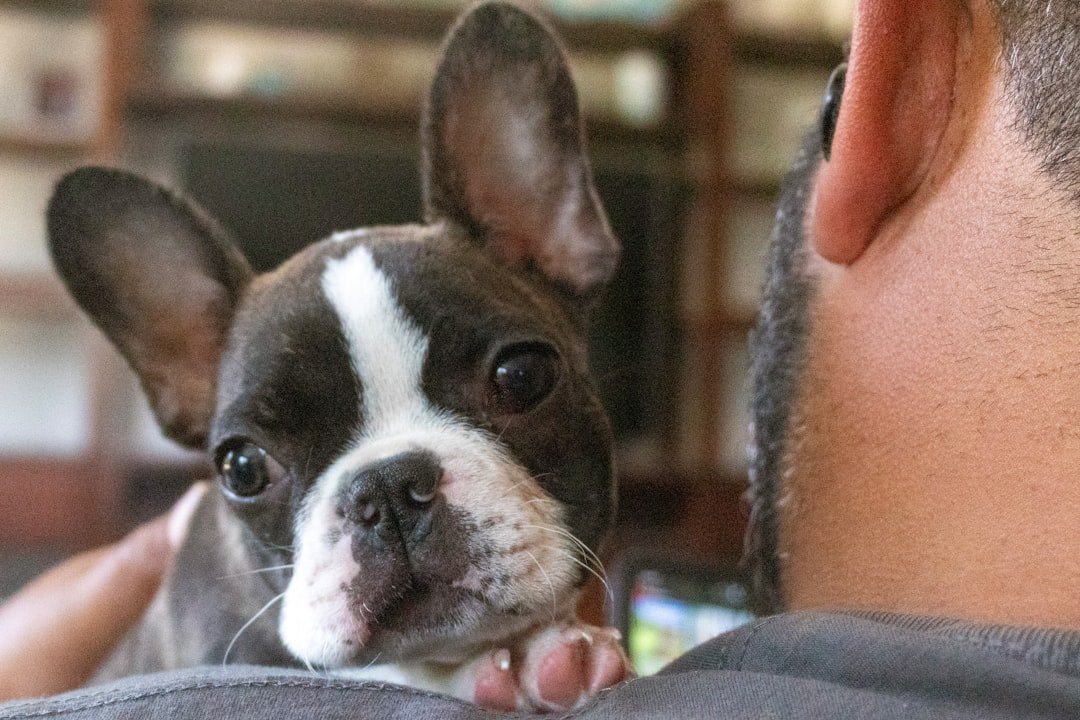
French Bulldogs are known for their affectionate, playful nature and strong attachment to their human family members. These dogs love to be the center of attention and struggle when left alone for long periods. French Bulldogs are prone to separation anxiety because they crave constant interaction with their owners.
Known for their distinctive bat-like ears, French bulldogs are known for their charming personalities. They form deep bonds with their families and are always eager to stay by their side. These clingy pooches crave constant companionship and attention. Frenchies have perfected the art of the guilt trip. One look at those big, expressive eyes, and you’ll find yourself canceling plans just to stay home and provide the royal treatment they clearly deserve.
Toy Poodle: The Sophisticated Companion
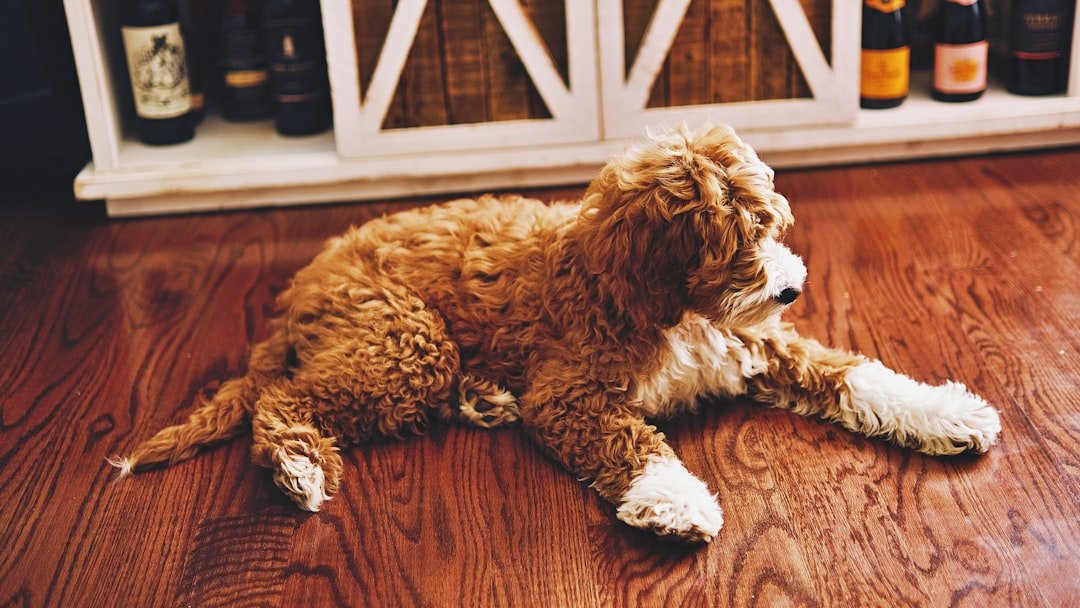
This type of poodle has a gentle temperament and has been bred as a companion dog. As such, they need time and love from their human family. When they don’t get it, they can suffer from significant separation distress.
Poodles are known to be an affectionate dog breed. This type of poodle has been bred as a companion dog, and, therefore, requires an abundance of human interaction. Toy poodles tend to be one of the more clingy dog breeds. Despite their elegant appearance, Toy Poodles are essentially living, breathing mood rings that reflect their owner’s emotions. When you’re stressed, they’re stressed. When you’re happy, they’re ecstatic. When you ignore them? Well, prepare for some very dramatic sulking.
Chihuahua: The Tiny Tyrant of Attention
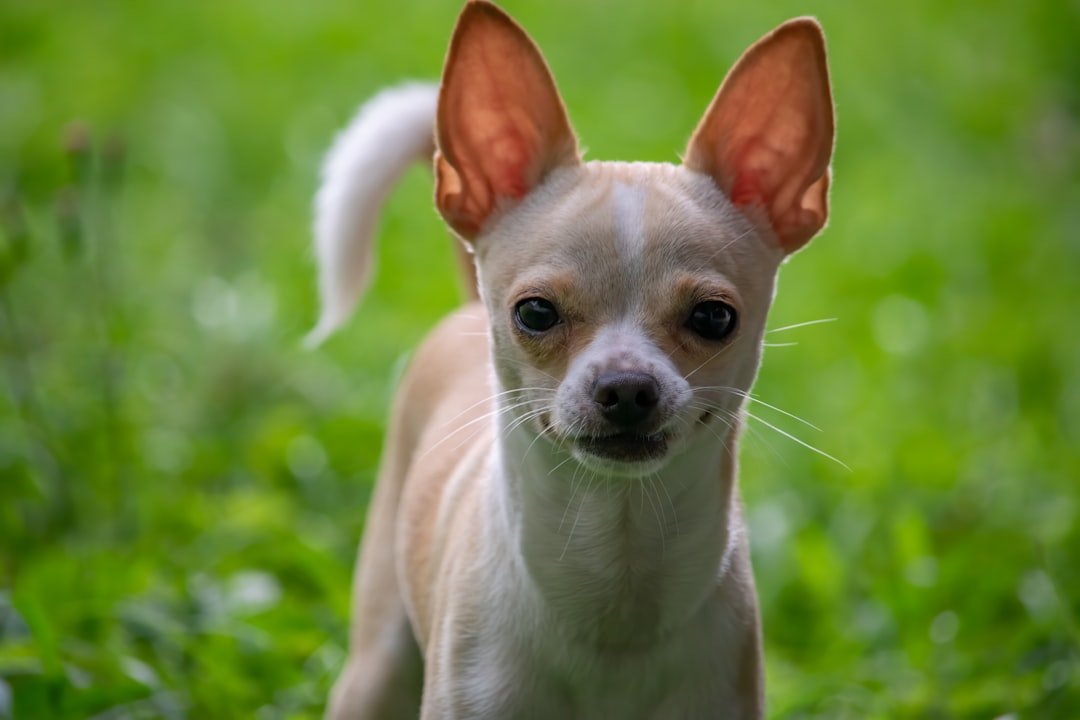
The tiny Chihuahua is an ideal breed for dog lovers living in an apartment, but not if they are going to be left alone as separation anxiety is common. They might be perfectly behaved when their human is around but tend to resort to howling, whining and destructive behaviour when they feel lonely.
Chihuahuas might be small, but their devotion is enormous. These tiny dogs form strong bonds with their people, often choosing one “favorite human” to follow everywhere. Don’t underestimate these pocket-sized powerhouses. What they lack in size, they make up for in sheer determination to be the center of your universe. A bored Chihuahua is like a tiny, furry alarm system that never turns off.
Conclusion
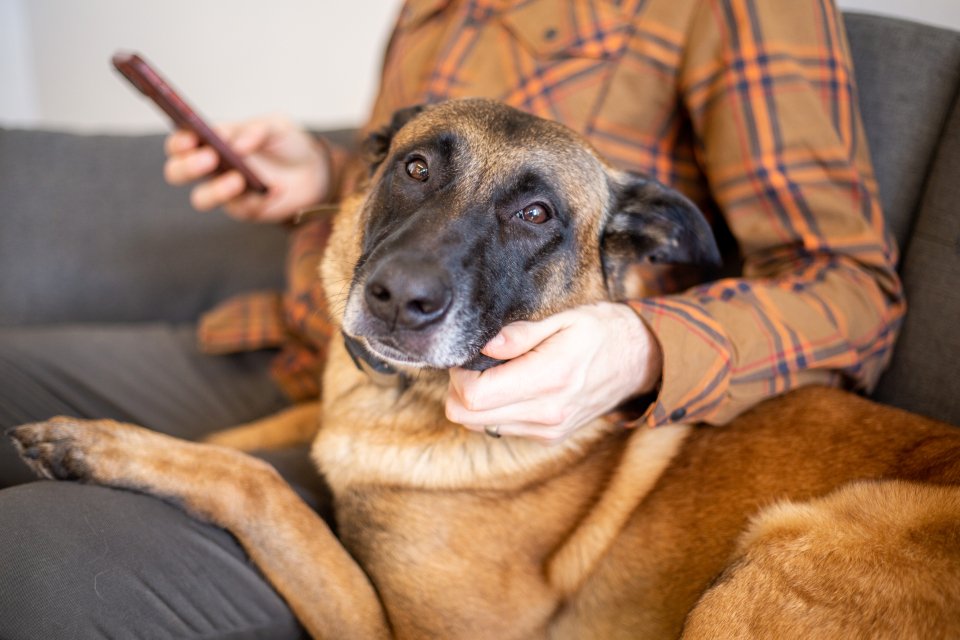
Living with a dog that can’t handle being ignored isn’t about having a “bad” or “needy” pet – it’s about understanding their biological and emotional needs. While these high anxiety dog breeds might have different maintenance needs, they can make the perfect pets for many dog owners. Dogs that struggle with separation stress also tend to be highly affectionate and active, which makes for a loving and fun pet. Even high anxiety dogs can lead happy, healthy lives when their owners are attentive and engaged.
These breeds aren’t asking for much – just your entire heart, soul, and undivided attention every waking moment. But here’s the beautiful truth: the dogs who need us most often give us the greatest love in return. Their desperate need for connection creates bonds so strong that many owners wouldn’t trade their Velcro dog for the most independent breed in the world.
So the next time your four-legged shadow follows you to the kitchen for the fifth time in ten minutes, remember that you’re not just their owner – you’re their whole world. And honestly, isn’t that kind of unconditional devotion exactly what makes dogs so incredibly special?
What would you sacrifice for a love that pure and unwavering?

